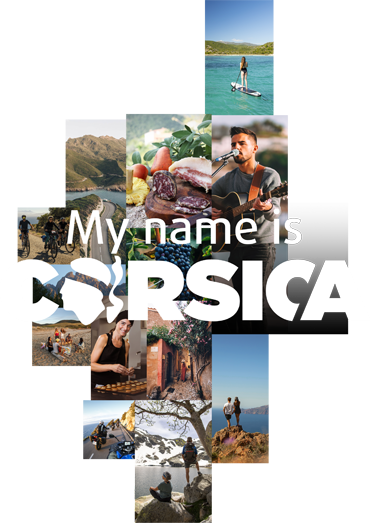Rechercher...
Explore Corsica
Discover the Tavignano river by kayak, a unique look at nature
Explore the longest river of the island by kayak

 ©ANGELE RICCIARDI
©ANGELE RICCIARDI
Corsica is full of rivers that flow through the island for more than three thousand kilometers. From small channels to rivulets, from rivers to torrents, the tributaries form generous, vast and noisy rivers. Bodies of water full of life that hide treasures, nooks and hidden places to discover with attention and curiosity.
The longest river on the island, the Tavignano , has its source on the Camputile plateau, above the unmissable Lake Nino. Its long journey of eighty-nine kilometers ends in Aleria, in the Tyrrhenian Sea.
It is here that the Aleria nautical club offers an excursion to discover this particular environment where, going up and down the course of the river, the fauna and flora are revealed to silent observers.
In the cool stillness of an autumn morning, the sound of paddles dipping into the water adds to the natural and wild atmosphere of the place. Intrigued, animals observe from their leafy hideaways. A column of colourful boats glides down the middle of the river. The croaking stops but the frogs remain on the surface as the kayaks pass, and turtles can be seen sunning themselves on branches emerging from the water.
Brambles, Virginia creeper, white willows, alders and poplar trees form natural shelters which protect the species as well as the riverbanks. In some places, the Provencal reeds spread out and overpower the local plants.
In the heart of this exceptional environment, the kayak group continues their guided trip, sometimes pausing to take in the beauty all around. The two banks differ wildly from each other. On the right, the vegetation is dense, high and seemingly impenetrable. On the left, the water has eroded the earth and the vegetation has receded.
This difference is due to a bend in the stream. The current, stronger on the outside of the bend, eats away at the bank and sometimes even floods. On the other side, where the current is weaker, organic matter gathers to the benefit of the wildlife.
The crumbly earth, lacking vegetation, is an ideal environment for bee-eaters, small colourful birds which dig holes in which to create their nests.
From spring to early fall, this migratory bird is essential to the balance of the local biodiversity because it feeds primarily on insects.
Look further, and higher, and you will notice on the horizon, a hill over which hang imposing buildings. It’s easy to see why the Fort of Matra , towering over this part of the Tavignano, was so strategic during the Genoese period.
Going upriver, ships could reach and supply this stronghold from the sea. Further down, the ruins of the ancient thermal baths of the Roman Corsican capital show that, long before Jesus Christ, these waters fascinated and inspired men.
 ©ANGELE RICCIARDI
©ANGELE RICCIARDI
By paddleboard
The Tavignano can also be discovered by paddleboard. The nautical club of Aleria offers courses and guided outings where you can learn more about navigating the river. For added fun, the instructors will play various ball games with students to help teach balance and posture.
 ©ANGELE RICCIARDI
©ANGELE RICCIARDI
The ruins of Aleria
The ancient Roman capital of Corsica was in the commune of Aleria and the ruins of the ancient city are still there and open to the public . A museum is located in the former Genoese fort of Matra on the hill overlooking the Tavignano. With 11 hectares of land, you can still see the remains of the ramparts along with the forum and various other districts.
 ©ANGELE RICCIARDI
©ANGELE RICCIARDI
Old mines
Towards the end of the 19th century, Corsica had many mines some of which continued to be worked until the middle of the 20th century. Between Tox and Linguizzetta, there was a copper mine which at one time employed twenty workers. Today, you can see the ruined buildings and traces of a past civilisation, the last vestiges of a rich local industrial period.
There are several mines in the area, notably the Matra mine.
 ©CORSE MATIN
©CORSE MATIN
Further information
Locate
powered by cd-media.fr



